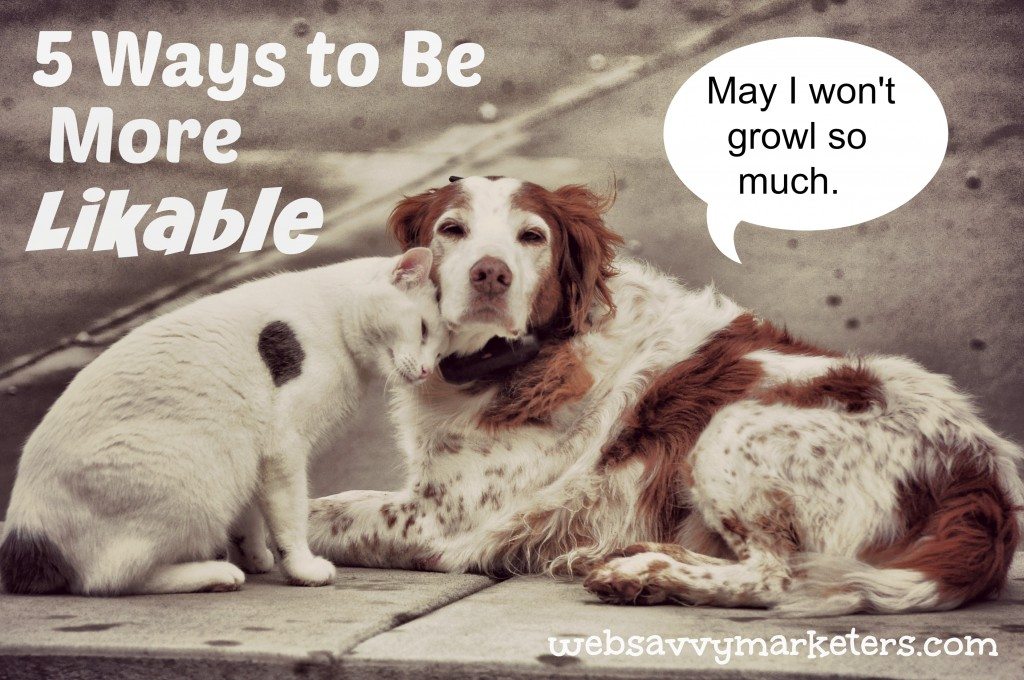
Are your blog posts collecting dust bunnies? Or in extreme cases, is your blog attracting mammoth-sized versions of dinosaur bunnies?
Getting rid of your blog’s dust bunnies is a simple matter. All you need to do is a little spring cleaning, get out your duster ––er, your creative cap, and repurpose your blog content. Take those dust balls and brush them off when you extend the reach of your blog, and create new and relevant content that will add life to your hard work.
Repurposing your blog content can turn it into new media formats. This saves you time, money, and prolongs the life of your online marketing investments. By taking your old content and making it new again, you can offer a new audience an updated format, sending the digital dust bunnies off to distant oblivion.
If you’ve been blogging for awhile, or you have empty warehouse syndrome (aka, you’re out of ideas), and the dust bunnies have moved in for the kill, you’re not alone. Here’s the scoop on how to do some spring cleaning and repurpose your blog content.
Brainstorm: Which blog posts are best for repurposing?
Which posts received the most traffic? Which posts are evergreen (content that continues to be relevant long past its publication)? Which posts could use updating?
Once you’ve determined which content in your stockpile is best for repurposing, you’ll need to decide how you want to reuse it. Different formats appeal to different people and their learning styles.
Hit the Refresh Button
Some of your blog content will have a lot of value, but it just needs a little tweaking to be current. Depending on how things have changed, you will need to modify your content to be relevant with the new information that’s available. This could mean writing a new article, in which case you could add a note at the end with a link to the post’s original content.
If the changes are minor, plugging in a few alterations for a makeover allows you to salvage your original post. When you repurpose in this manner, keep the post’s URL the same so it retains its SEO value, but change the date to a new publishing date if possible.
Make Quote Pictures
Adapt the one-liners that stand out in your blog posts to create images with text. Name the new image with the post’s title, or write a totally new headline and include this as your image text. If you used a clever-sounding title the first time, change it to something more SEO-friendly and searchable.
Think about how you will repost your content with this image, and adapt it for that social media platform. Finding new images to repurpose content is easy with so many different free and legal online photo sources. My most recently discovered resource is Unsplash. Sign up and you’ll get ten free new photos every ten days.
Choosing which online photo editing site can often mean going back to your tried and true favorite, but try something new and see how you like it. Canva is great for social media because it has all the templates prepared for you. Or try an app like Wordswag for on-the-go creating.
This is the best time-saver in repurposing content. You created a new quote picture to share on social media, and you didn’t have to change any content in your blog post. Sweet.
Adapt Your Content for Tweets, Twitter Cards, and Other Social Media
Share your evergreen content by reposting it as part of a social media management strategy. This is a great way to make contact with people by hitting different time zones, using different headlines, and reaching new followers.
Your high-value blog posts will gain new value from their initial publishing date through re-promotion on different social media platforms that highlight different types of content. This Twitter research shows how reposts in the form of retweets can gain 75% of its previous number of retweets.
Twitter is an easy place to post repurposed content by turning snippets of content into tweets, and then linking back to your original post. Just be sure to use less than the 140-character limit to allow for retweets by your followers.
Try adapting content into Twitter cards and add a call to action to your blog post content. Twitter cards come in seven formats, including the Summary Card With Large Image. This is more likely to attract attention in twitter feeds, and a click on your image brings your followers to your blog post.
As a content creator, save yourself time and reap SEO benefits when you repurpose content. Remember to think about adding value to your original piece, and you’re repurposing efforts will grow your audience and extend your content’s life.
Say goodbye to dust bunnies and hello to a fresh start.










